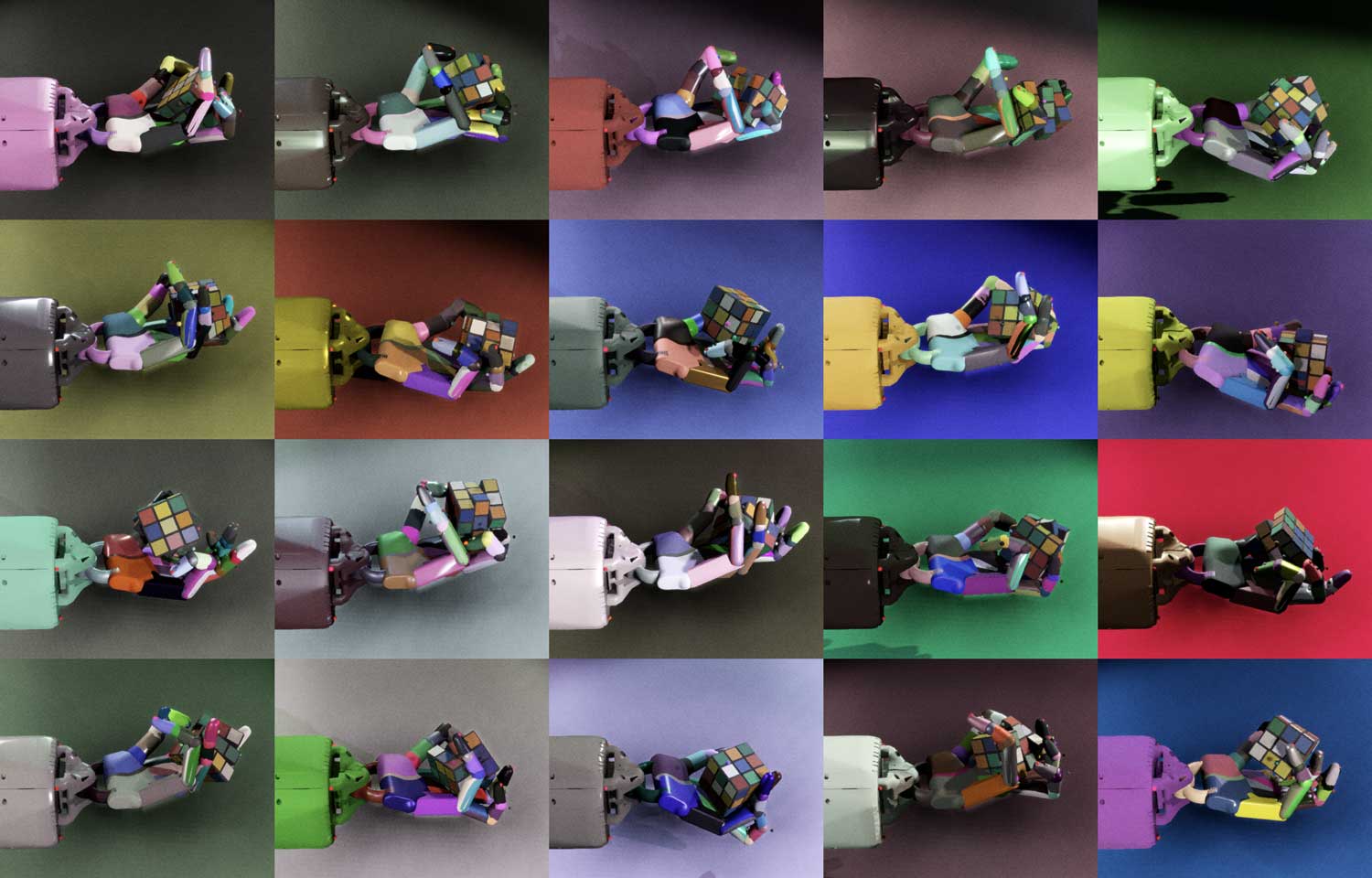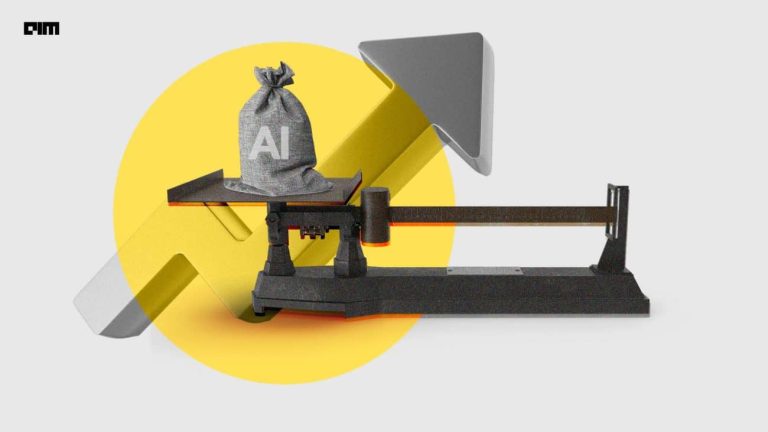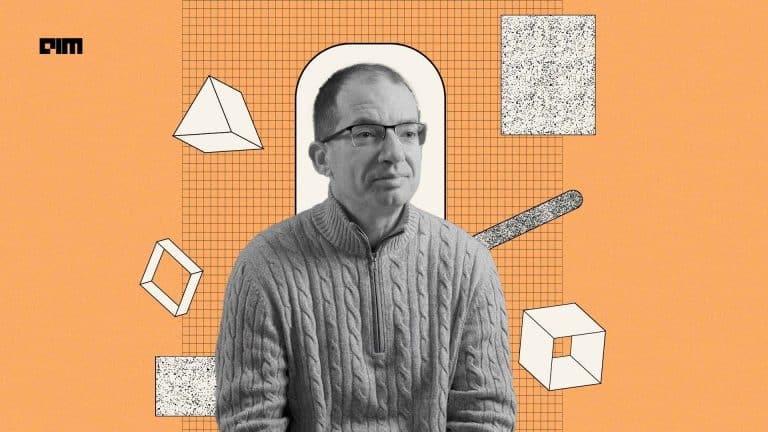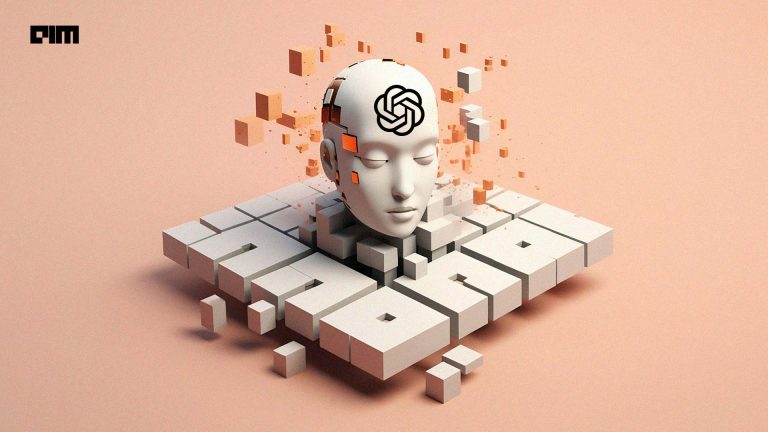While you may have witnessed a robot solving a Rubik’s cube within seconds, you must not have seen robot hand manoeuvre like a human for completing this task. Many task-specific robots can solve a Rubik’s cube effortlessly but Dacty, an OpenAI robot can replicate a human’s hand movement to solve the cube.
To execute such dexterity, OpenAI trained neural networks coupled with automatic domain randomisation (ADR). This enabled the robot to deliver in the environments that it has not been trained for. This new development in modern AI can help developers to understand their approach and implement while creating their cutting-edge products.
What is ADR
Unlike domain randomisation that needs to specify the scope of randomisation, ADR streamlines the change required in varying the amount of randomisation. This eliminated the necessity of human involvement to increase the range of randomisation. In fact, over time, ADR, over time improves the complexity of environments that it supplies to the neural network models.
Challenges they came across
The supreme challenge for OpenAI was to make the robot work in new environments, where it has not been trained for. Over the years, the firm has continuously improved Dacty’s skills to increase its versatility by devising a diverse range of environments to train in.
Most of the robots we see are designed to achieve specific tasks in a closed environment. Such robots can be developed without AI capabilities as it usually is for automating certain operations.
OpenAI’s prime objective is not to carry out a specific task such as solving Rubik’s cube but to develop a robot that efficiently performs in different environments without being trained in those contexts.
What did they do?
To create new environments for training through reinforcement learning, OpenAI developed ADR to incessantly generate new environments. Machine learning models require a colossal amount of data to learn and execute with precision and accuracy, thus it requires days to master in carrying out tasks, so obtaining various real-world data to simulate was a tedious task for them.
However, the development of ADR automated the process of simulating real-world scenarios, thereby streamlining their training process of models. The ADR continually fed new environments and based on it the neural network learns to solve a Rubik’s cube. To check the resilience of the robot, OpenAI’s team tested Dacty in different conditions. But the robot delivered desired results regardless of the peculiar challenges it faced.
Besides, ADR also ensured that it provided the right number of randomisations to the model as a huge or small amount of randomisation has an adverse effect on the model.
What it means to the robotics landscape
We often watch general-purpose robots in science frictions movies, but with such innovation by OpenAI, eventually, one can envision machines that can work like humans. With such advancement in robotics, we can effectively deploy machines to improve efficiency and productivity.
The transformation in domain randomisation has come as a refreshing development in the robotics marketplace. This will lay the foundation for further development of general-purpose robots to revamp the way organisations conduct their businesses.
Besides, as a result of ADR development, more developers will now divert from building task-specific robots to general-purpose machines. Indubitably, we are decades away from having a robot that will make its own decisions without human intervention but leveraging ADR developers can successfully attain it.
Outlook
Although Dacty could not solve the Rubik’s cube every time, the accuracy was 60% when the cube was scrambled in a way that requires 15 rotations. Despite the fact that it is a small success in the general-purpose robotics landscape, one can expect more in the coming years.



















































































